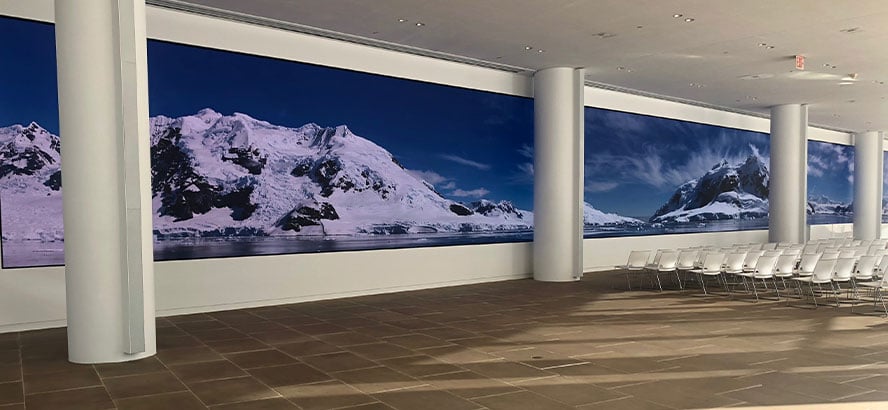Investigating the Durability of LED Display Panels in Comparison to Conventional Display Methods
Investigating the Durability of LED Display Panels in Comparison to Conventional Display Methods
Blog Article
Light-emitting diode wall screens have grown increasingly popular in current times, especially in environments like schools, businesses, and public spaces. These screens use LED diodes (LEDs) to create bright and lively visuals. One of the most notable advantages of LED technology is its longevity in contrast to conventional screen technologies, such as cathode tube tubes (CRTs) and liquid crystal screens. Grasping the distinctions in duration and functionality between these options can help consumers make informed decisions about their display requirements.
Classic screen methods, like CRTs, have been around for numerous years. They were commonly used in TVs and computer monitors. However, CRTs have a limited duration, typically lasting around 10,000 to 20,000 hrs of operation. This means that after a few of years, consumers may notice a deterioration in image quality, such as fading or color distortion. In comparison, LED wall panels can last considerably longer, often exceeding 50,000 hours. This prolonged duration means that users can experience reliable functionality without the requirement for frequent replacements.
Another important aspect to consider is energy conservation. LED panel panels view it consume less energy than traditional screens, which not only benefits the ecosystem but also reduces electricity costs. For instance, while a CRT screen may use around 100 W of energy, an LED panel can consume as little as 30 to 50 W. This difference in power usage contributes to the overall durability of LED innovation, as lower power consumption generates minimal thermal energy. Excessive heat can damage electrical parts, leading to a shorter duration for conventional displays.
In addition to their longer lifespan and power efficiency, LED wall screens also provide superior image quality. They offer more vivid hues and better differentiation, making them perfect for various applications, from marketing to learning presentations. The technology behind LED panels enables for a broader sight angle, meaning that images stay sharp and vibrant even when viewed from the flank. This is a major benefit over traditional displays, which often experience from hue deformation and reduced brightness at wider angles.
In conclusion, the longevity of LED wall screens in contrast to conventional display technologies is a crucial factor for buyers to take into account. With lifespans that can exceed 50,000 hours, energy conservation, and enhanced visual clarity, LED technology offers many benefits. As technology continues to progress, LED panel screens are likely to turn even more common in multiple environments. Understanding these differences can help individuals and organizations make improved choices when purchasing in display technology, ensuring they receive the optimal worth for their requirements.